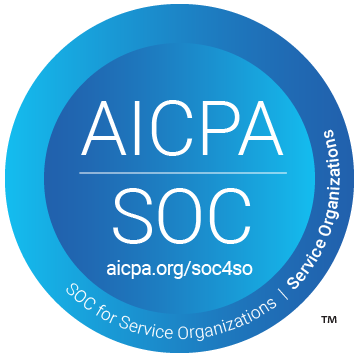Blog · 4 MIN READ
ESG: Bureaucratic Burden or Business Benefit – Part 4: Good corporate governance
Posted on December 06
Part 4: Good corporate governance
(Note: This is our fourth and final post on ESG management..but not our last on the subject of ESG. Here are links to the first, second and third posts.)
The idea of “good governance” in the United States goes back to Thomas Jefferson. He often talked about it as a government meeting its legitimate objectives. He once said, “The care of human life and happiness and not their destruction is the only legitimate object of good government.” We cannot think of a more fitting way to describe the corporate governance portion of ESG.
It would be simple to say a corporation’s only function is to make money. On the face of it, that’s true, but it leaves out any nuance and conveniently forgets that corporations are just an organizing point for people—it’s people making decisions toward a common goal, and although they may have a difference of opinion about how to get there, they are pointed in the same general direction.
Corporate governance in a nutshell
Corporate governance is one of those terms that can mean a lot of things. Since a CEO is not a king, it’s important to look at the operational policies of a corporation to judge how it handles things in theory; it’s equally important for the corporation to demonstrate that it adheres to those policies in practice. The more the officers of the corporation make decisions in line with the stated policy, the better the oversight is considered.
Like any organization, you can judge a corporation by how it treats its stakeholders. This includes value for shareholders, ethical conditions and pay for its workers and regulatory compliance for the community and the world. The more transparent a corporation is, the more likely these things are more than mere lip service, so transparency is a factor as well. That is what good corporate governance looks like. It’s hard to judge good governance, but it’s easy to spot bad governance.
HUVR can help
When evaluating regulatory compliance, things get tricky. First, there can be multiple regulatory bodies laying out standards: National, state or provincial, county, city, etc. These bodies are often not in communication, leading to a maze of regulations intersecting with each other and requiring a “criminal investigation-style” cork board and multiple rolls of red twine to keep everything straight.
That’s where HUVR comes in—because the platform is a single, secure repository for all your data, regardless of the source, reporting goes from being an ordeal of gathering, sorting and formatting data to providing exactly what analysts need in the format they need it, when they need it, at the click of a button. This is true of reporting on a single asset or component to the entire enterprise, thanks to HUVR’s scalability.
Inspections and measurements are, in essence, how compliance is determined. HUVR can reduce time spent on inspections by up to 40%, which means more inspections can be performed. With more inspection data (that is well managed by the platform), analysts can make informed decisions thanks to the actionable insights provided. They see what they need to ensure compliance, with unnecessary noise filtered out.
Of course, noise to one is critical info to another, so those reports can be tailored to fit specific needs. The upshot is that when (and often before) an asset, system or plant starts to deviate from compliance, inspectors have provided teams with information allowing them to effect change. This can all be bundled in simple reports and communicated to stakeholders so everyone is on the same page—eventually, this includes investors and the community.
Conclusion
ESG is a fact of life, so making reporting on your strategies successes easy is a simple decision. The HUVR platform makes sorting, storing and reporting inspection data easy, effective and efficient, both for ESG and every other aspect of industry.

